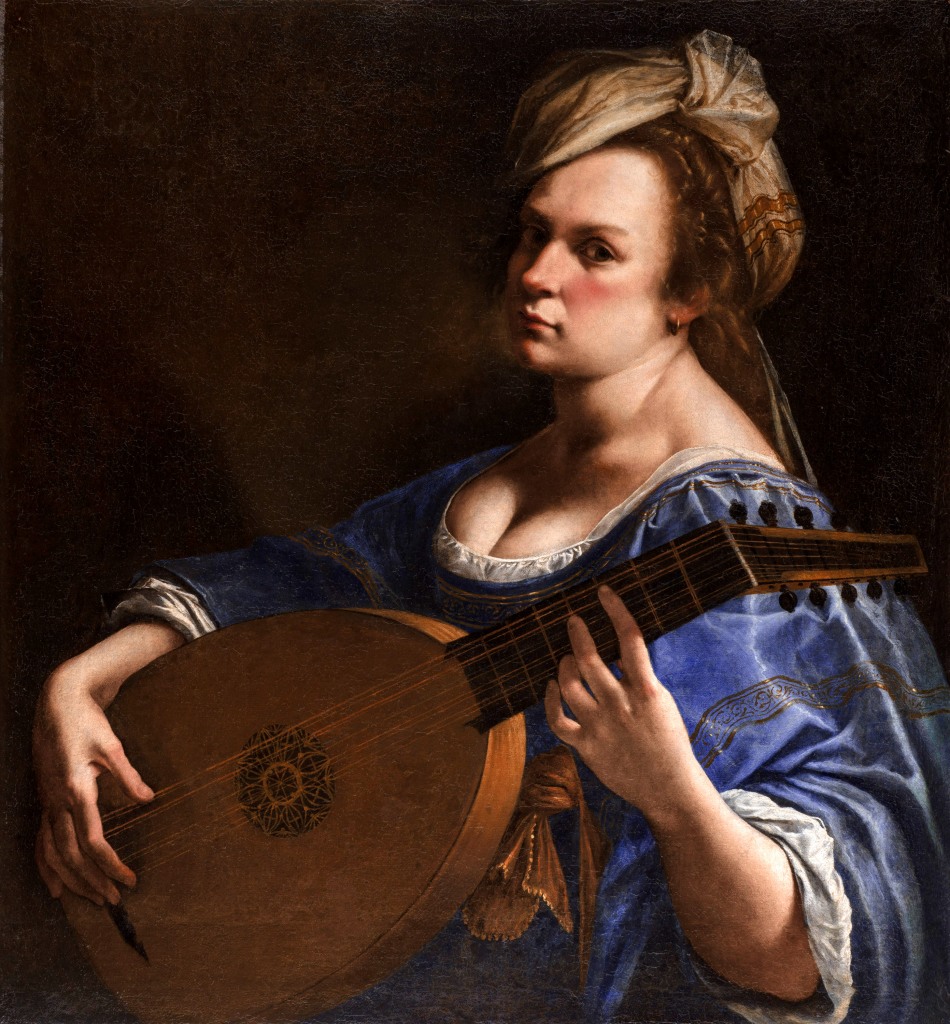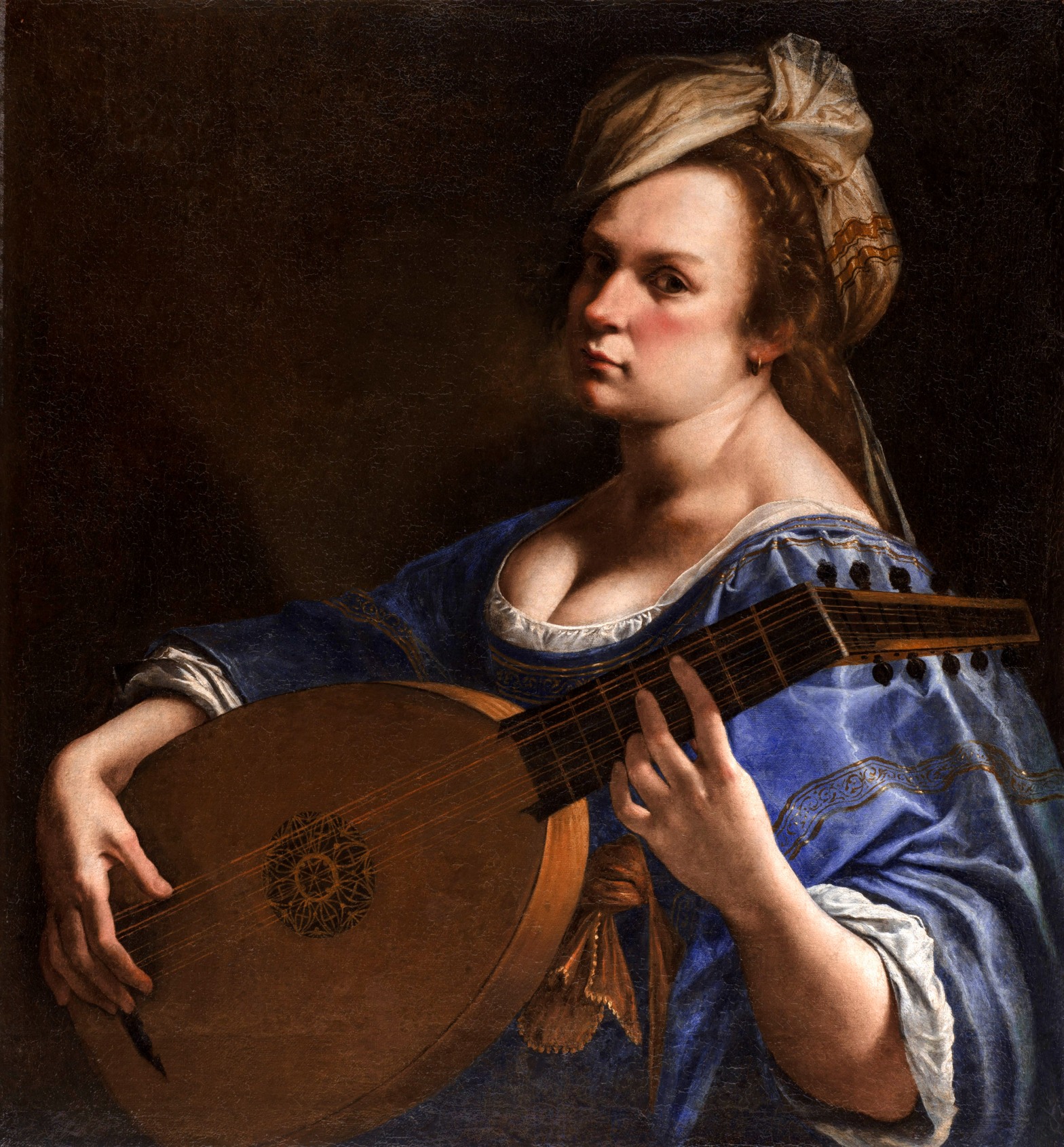Welcome to our new series, Reframing History. In this series, we’ll introduce you to different artists and important figures from the Early Modern period who are often left out of history books.

Artemisia Gentileschi (Italian, July 8, 1593 – 1656)
Artemisia Gentileschi Lomi was born on July 8th, 1593 in Rome to Tuscan painter Orazio Gentileschi and his wife, Prudenzia. Along with her brothers, Gentileschi was trained in her father’s workshop and showed an early talent for painting. The earliest known painting by Gentileschi is Susanna and the Elders (1610), created when the artist was just seventeen years old. While still training in her father’s studio, Gentileschi was raped by Agostino Tassi who was hired to tutor her in painting. Under the belief Tassi would marry her, Gentileschi continued to have sexual relations with him until it was revealed he could not marry her, at which point Orazio Gentileschi pressed changes against Tassi. Gentileschi underwent painful interrogations during the course of the trial and after several months, Tassi was found guilt and charged with exile from Rome (although the sentence was never carried out.)
Following the trial, Gentileschi married Pierantonio Stiattesi, a Florentine artist, and moved to Florence. She enjoyed a successful career, creating paintings for the Medici family. She also was the first woman accepted to the Accademia della Arti del Disegno. In 1618, Gentileschi and her husband had a daughter, Prudentia. Little is known about her husband and when Gentileschi returned to Rome in 1621, she returned without him.
Gentileschi continued to move throughout Italy during her career, working in Rome, Venice, and Naples. During this time, she was also raising her daughter and training her to be an artist as well. After great success throughout Italy, Gentileschi traveled to London with her father in 1638 while Orazio was serving as a court painter for Charles I. Following her father’s death in 1639, Gentileschi returned to Italy and worked in Naples until her death in 1656, presumably from a plague that swept through Naples.
One of the few female followers of Caravaggio, Gentileschi is known for her depictions of strong women from myths, allegories and the Bible. Her best known work, Judith Slaying Holofernes, shows a realistic and violent depiction of female strength. For decades, scholarship about Gentileschi has been overshadowed by discussions of her rape, but the talented and incredibly successful 17th century artist worked tirelessly for her career and is deserving of praise alongside the great Old Masters of the early modern period.
Resources:
Bal, Mieke. The Artemisia Files: Artemisia Gentileschi for Feminists and Other Thinking People. Chicago, IL: University of Chicago Press, 2005.
Christiansen, Keith. Orazio and Artemisia Gentileschi New Haven: Yale University Press, 2001.
Garrard, Mary D. Artemisia Gentileschi: The Image of the Female Hero in Italian Baroque Art. Princeton, NJ: Princeton University Press, 1989.
Locker, Jesse M. Artemisia Gentileschi: The Language of Painting. New Haven, CT: Yale University Press, 2015.
